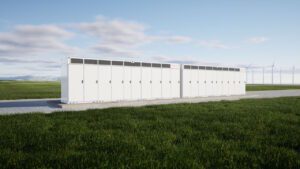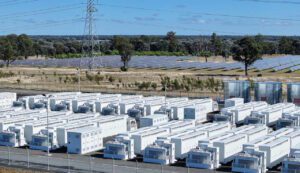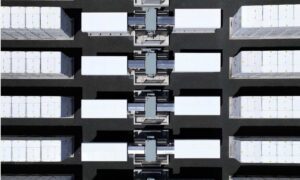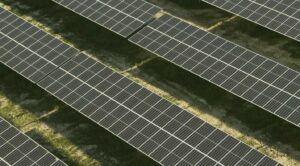New South Wales, the state grid with the biggest capacity of coal fired generators in the country (8.2 gigawatts) is in danger of running short of spinning machines needed to guarantee system security in Australia’s most populous state.
The state earlier this week ran at a record low number of units – just six – as more than half were taken out of the market for various repairs and upgrades.
It forced the Australian Energy Market Operator to issue rare calls to intervene in the NSW market to ensure there were enough synchronous generators (spinning machines) on line to manage power system security.
South Australia is often cited as the state with the most AEMO interventions, where it often has to instruct one of the remaining gas generators to switch on to provide enough system strength to manage the grid.
That situation is now being managed by the installation of four so-called synchronous condensers – huge spinning machines that do not actually burn any fossil fuels – and the gradual rollout of inverter based technologies, usually in batteries, which are known as grid forming investors of “virtual synchronous machines.”
NSW, because it has so much coal capacity, has not gone down that path. A few synchronous condensers have been installed – particularly in the south-west of the state – and its two main battery storage installations at Wallgrove and Riverina feature grid forming inverters.
But there are not yet enough of them to make up the shortfall caused by the absence of so many coal fired generation units, and it highlights yet another burning issue as the state manages its roadmap from ageing coal plants to a grid dominated by wind, solar and storage.
After the closure of Liddell in April, the state was left with just 12 coal units operating across four coal fired power generators – Eraring (4 units), Bayswater (4 units), Vales Point (2 units) and Mt Piper (2 units).
On Tuesday, the number of coal units operating in NSW fell to a record low of just six for a six hour period, after Origin Energy’s Eraring generator – the biggest in the country with four 720 MW units – ran down Unit 3 in the evening before bringing Unit 1 back into the grid in the early morning on Wednesday.
And, as the market operator noted in its summer readiness report, Bayswater 1, Mt Piper 2, Vales Point 5 and Eraring 2 are also out of action due to repairs and maintenance.
This prompted a flurry of market notices to be issued by AEMO this week seeking more synchronous generation because of the reduced number of units, the latest being Wednesday afternoon just before 3pm (AEST).
Directions are often needed because – when renewable energy generation is high, the wholesale price is low, or negative, and so in South Australia gas fired generators want to be switched off, and AEMO has to tell some units to get back on line to provide the services required.
Those directions cost a total of $16.1 million in the last quarter, helped by a fall in the compensation price to $236/MWh.
“This development marks the beginning of the next phase of the NEM energy transition where system strength and inertia criteria and their application, beyond South Australia and more remote parts of the network, are now presenting themselves,” says Geoff Eldridge, an analyst with GPE NEMLog.
“The energy transition moves forward.”








